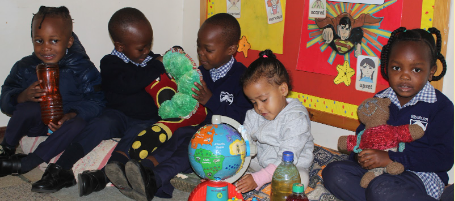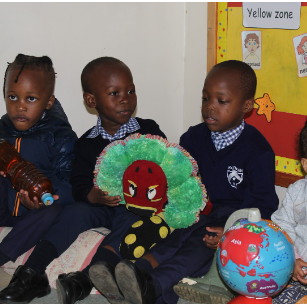Amygdala Area in Early Years

26th November 2022
At Braeburn Imani, we remain aware of the developmental process in children and understand how emotions affect children’s development. We are keen to identify these emotional patterns and develop creative strategies that will help our young learners cope with them.
Children experience emotions before they can use words to describe them. It is important to help the little ones understand how they feel to help them cope. Some of the common emotions children experience are sadness, frustration, anger, worry, embarrassment, jealousy and nervousness. These emotions are pretty common across various age groups.
How do we deal with emotions in Early Years?
In Early years, we have different strategies of helping children cope with their emotions as well as develop emotional intelligence. One of the things we use is the Amygdala Area. It is a self-regulation area in the classroom where children go to calm down and process their feelings.
The little magical corner is equipped with sensory bean bags, some books, emotion cards, a cosy place to sit and sensory bottles. When overwhelmed with emotions, you'll usually see a child walk there and sit while manipulating the resources provided to calm down. This works like magic! By the time a child leaves this magical corner, they always feel happy and at peace with oneself. What's even more intriguing is the fact that the children encourage each other to use the amygdala area to self-regulate.









